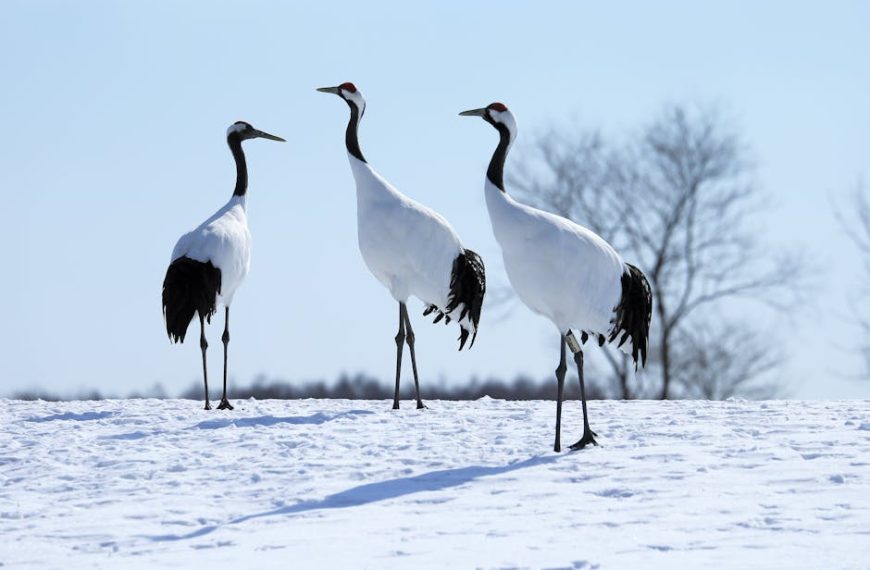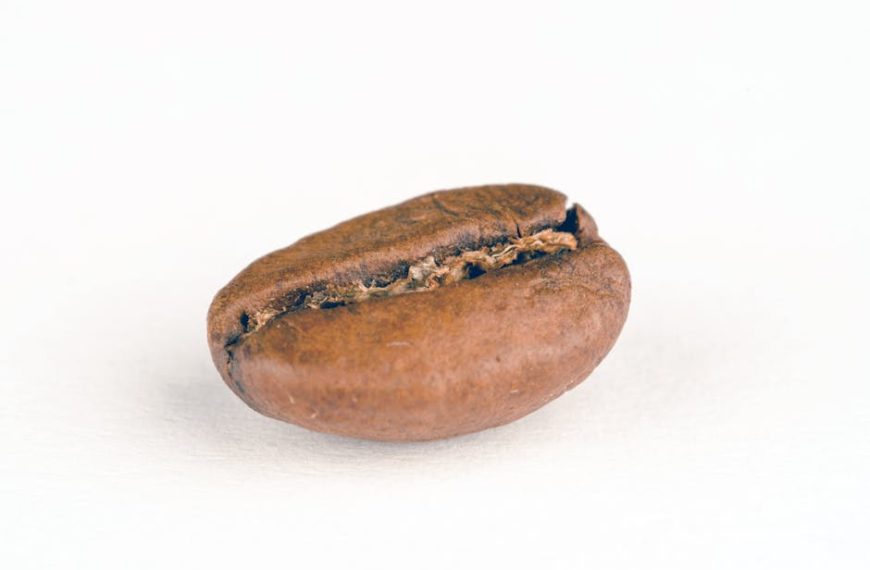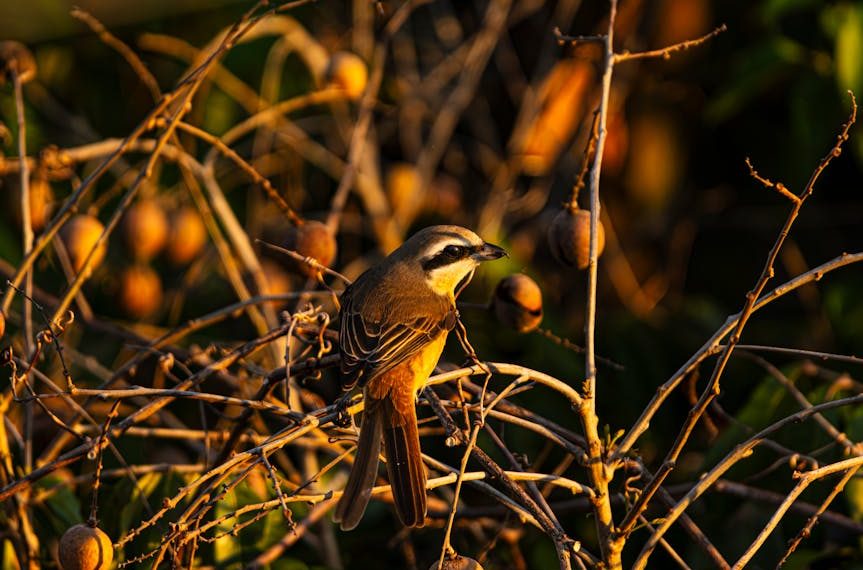Food connoisseurs and survival enthusiasts alike have often pondered over the edibility of numerous bird species across the globe. While the chicken, turkey, and duck are common fixtures on our dinner tables, a wide variety of other birds can prove to be equally delectable and nutritionally beneficial. Understanding the edibility of various bird species can enhance culinary experiences, contribute to survival skills, and promote sustainability.
Understanding Bird Edibility
Bird edibility is a spectrum that ranges from common poultry to game birds, and even exotic species. While many birds are safe to eat, the taste, texture, nutritional benefit and even the cooking method change with each bird species.
- Game Birds: Embody wild, distinctive flavors. Hunting regulations need to be respected.
- Poultry Birds: Domesticated for consumption, their flavors are widely accepted.
- Exotic and Unusual Birds: Offer unique taste profiles and culinary opportunities but might have specific conservation laws.
Pro Tip: Bird edibility goes hand in hand with proper cooking. Undercooked meat poses the risk of transmitting diseases like Salmonella or Campylobacter. It’s vital to ensure that the bird is cooked thoroughly before consumption.
Common and Highly Edible Birds
The most common birds on our plates are chickens, turkeys, quails, ducks, and geese. These birds are versatile in terms of cooking methods, ranging from roasting to grilling, and offer a universally appreciated flavor profile.
- Chicken: A global food staple, famous for its mild, versatile flavor.
- Turkey: Larger than chicken, it has a heartier taste. Especially popular during festive seasons like Thanksgiving.
- Quail: Petite yet flavorful, it’s considered a delicacy in many cuisines.
- Duck: Denser, darker meat with a distinct, rich flavor.
- Goose: Known for its lean meat and opulent flavor.
Best Practices: Though these birds are commonly eaten, the raw poultry should always be handled with care to avoid cross-contamination. Consider using a food thermometer to verify that the innermost temperature reaches a safe minimum internal temperature.
Wild Game Birds That Are Safe to Eat
Game birds like pheasants, grouses, partridges, pigeons, and doves are often hunted for food and offer robust, earthy flavors, along with high nutritional value.
- Pheasant: Boasts a delicate, gamey flavor. Particularly valued when wild.
- Grouse: Taste varies depending on the species, ranges from delicately flavored to robust.
- Partridge: Mild-flavored, sweet meat that’s often roasted or braised.
- Pigeon: Also known as squab, is typically very lean with a distinct, robust flavor.
- Dove: Small but with a tender and flavorful taste.
However, eating game birds comes with certain cons. It requires knowledge about safe hunting practices and adherence to hunting seasons. The strong, gamey flavor could also be off-putting to some. Still, the intense flavors and distinctive culinary experience can be enticing to adventurous eaters.
Edible Exotic Birds and Their Unique Culinary Uses
Exotic birds like emus, ostriches, and guinea fowls may seem unconventional, but many cultures appreciate their taste and nutritional advantages.
- Emu: Its red meat is low in fat and cholesterol, remarkably similar to lean beef in flavor and texture.
- Ostrich: Serves as a beef substitute due to its rich, flavorful meat that mimics the texture of beef.
- Guinea Fowl: Resembles chicken in taste but with a slightly more robust flavor.
These exotic birds can provide a break from the conventional poultry routine, offering unique culinary experiences. However, due to their rarity, cooking methods may be unique and catered to each bird’s specific texture or flavor profile. Moreover, these birds might have specific laws protecting them, so sourcing them from responsible, legal sources is of utmost importance.
| Bird | Flavor | Nutritional Content | Cooking Techniques |
|---|---|---|---|
| Chicken | Mild | High in protein | Roasting, grilling, frying |
| Ostrich | Rich, similar to beef | Rich in iron, low in fat | Grilled, pan-fried |
| Emu | Similar to lean beef | High in protein, low in cholesterol | Roasted, grilled |
Identifying Non-Edible Birds and Birds of Conservation Concern
Identifying birds that are not meant for consumption is as crucial as knowing the edible ones. Some birds may carry diseases or toxins that can cause illness when consumed. Knowing about birds that are protected or endangered is also a significant part of responsible hunting or birdwatching.
✔️ Checklist:
- Unusual smell or color – Safe birds typically do not emit a strong, unpleasant odor or exhibit green or blue flesh tones.
- Location – Some birds living in polluted areas could accumulate toxins and are thus unsafe for consumption.
- Endangered or protected birds – Birds such as eagles, hawks, and songbirds are usually protected and must not be hunted or consumed.
Best Practices: Understanding and respecting conservation guidelines is a key element of being a responsible hunter or bird enthusiast. Never consume a bird if you are unsure about its safety or legality. When in doubt, consult local wildlife agencies or experienced hunters. Food should be a joy, not a risk, and respecting nature is part of the process.
Having thus explored what makes a bird safe and enjoyable to eat, it is clear that the world of bird edibility extends well beyond our daily chicken and turkey. So, the next time you’re dining out or experimenting in your own kitchen, why not reminisce this knowledge and maybe try something new? There’s a whole world of flavors out there in feathers, waiting to be discovered!
Key Takeaway:
- Understanding bird edibility is important for enhancing culinary experiences, aiding survival skills, and promoting sustainability. This can be categorized into game birds, poultry birds, and exotic birds.
- Commonly edible birds like chickens, turkeys, quails, ducks, and geese are versatile in terms of cooking methods and universally accepted flavors.
- Game birds such as pheasants, grouses, partridges, pigeons, and doves offer rich, earthy flavors but require knowledge about safe hunting practices and adherence to hunting seasons.
- Exotic birds like emus, ostriches, and guinea fowls provide unique flavor profiles and culinary experiences. However, they might have specific conservation laws protecting them.
- It’s essential to identify and avoid birds that are not meant for consumption due to diseases or toxins and endangered or protected birds.
Remember, food is a joy and should never be a risk. Respecting nature is paramount, particularly when consuming wild game birds or exotic species. Take this knowledge and use it to explore a new and diverse array of flavors while ensuring safety and legal compliance.
FAQs
Q: How can I ensure I’m cooking wild game birds safely?
A: Always ensure your bird is cooked thoroughly and reaches a safe internal temperature to kill potential bacteria. Using a food thermometer is a good practice.
Q: What birds should I avoid eating due to conservation laws?
A: Some bird species protected by law include eagles, hawks, and songbirds. Check with local wildlife agencies or experienced hunters for specifics in your area.
Q: Can I substitute exotic birds for beef or common poultry in my recipes?
A: Yes, several exotic birds can serve as a beef or poultry substitute given their flavor and texture, such as emu and ostrich.
Q: How to handle raw poultry to avoid diseases?
A: Handle the raw poultry with care to avoid cross-contamination. Don’t forget to wash your hands and clean the cooking surfaces before and after handling raw poultry.
Q: Why do some people prefer game birds over common poultry?
A: Game birds often offer a unique, more robust flavor that can be enticing to those wanting to experiment beyond traditional poultry. However, remember to adhere to safe hunting practices and seasons.
Dive into more posts on our website for further information and don’t forget to share this article with your fellow food enthusiasts and survivalists!












